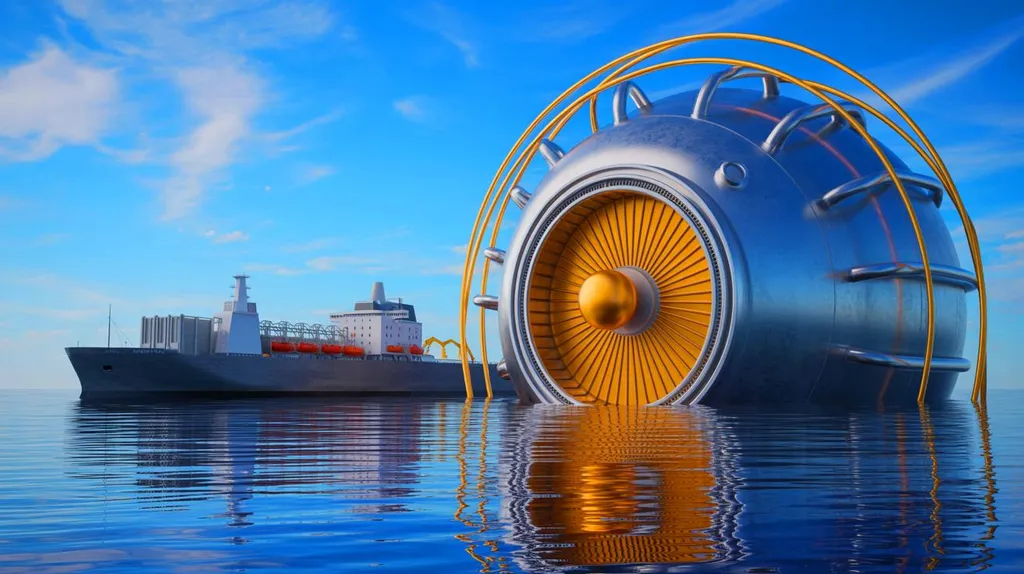In the quest for cleaner, more sustainable energy solutions, liquid metals are emerging as a promising powerhouse for advanced nuclear energy systems. A recent study published in *The Innovation* (originally titled “Liquid metals power advanced nuclear energy systems”) by Lin Zhang of the School of Nuclear Science and Engineering at Shanghai Jiao Tong University sheds light on the transformative potential of these materials, as well as the challenges that lie ahead.
Liquid metals (LMs), such as sodium and lead, are being explored as coolants in next-generation fission reactors. These reactors are designed to be more efficient and environmentally friendly than their predecessors, offering a cleaner path toward a low-carbon energy transition. “Liquid metals have unique properties that make them irreplaceable in certain areas of nuclear energy,” Zhang explains. “They excel in energy transport and tritium breeding, which are crucial for both fission and fusion systems.”
However, the journey isn’t without hurdles. The study highlights significant challenges, including corrosion and lead-water interactions, which complicate the coupling mechanisms of multiphase and multiphysics interactions. “These issues are not insurmountable, but they require careful consideration and innovative solutions,” Zhang notes. Surface characteristics and the magnetohydrodynamic (MHD) effect also pose technical challenges that need to be addressed to fully harness the potential of LMs in fusion system design.
The research underscores the importance of sustainable development in the exploration of new LM-cooled reactors. While the basic performance of these reactors must be ensured, the focus should also be on minimizing environmental impact and maximizing efficiency. “The goal is to create a system that is not only powerful but also sustainable and environmentally friendly,” Zhang says.
The implications for the energy sector are profound. As the world grapples with an energy crisis, LMs offer a promising solution. Their unique properties and potential applications in both fission and fusion reactors could revolutionize the way we generate and utilize energy. “Liquid metals have already left their mark in nuclear energy, and their role is only set to grow,” Zhang concludes.
This research not only charts a comprehensive scene of the applications, challenges, and prospects of LMs in advanced nuclear energy but also paves the way for future developments in the field. As the energy sector continues to evolve, the insights from this study could shape the trajectory of nuclear energy, driving it toward a cleaner, more sustainable future.

